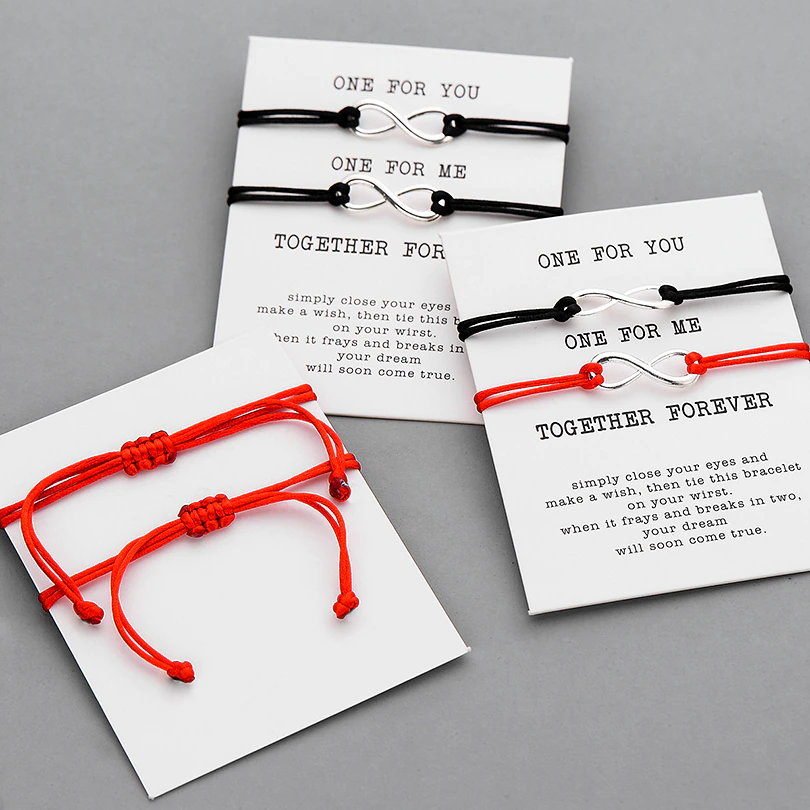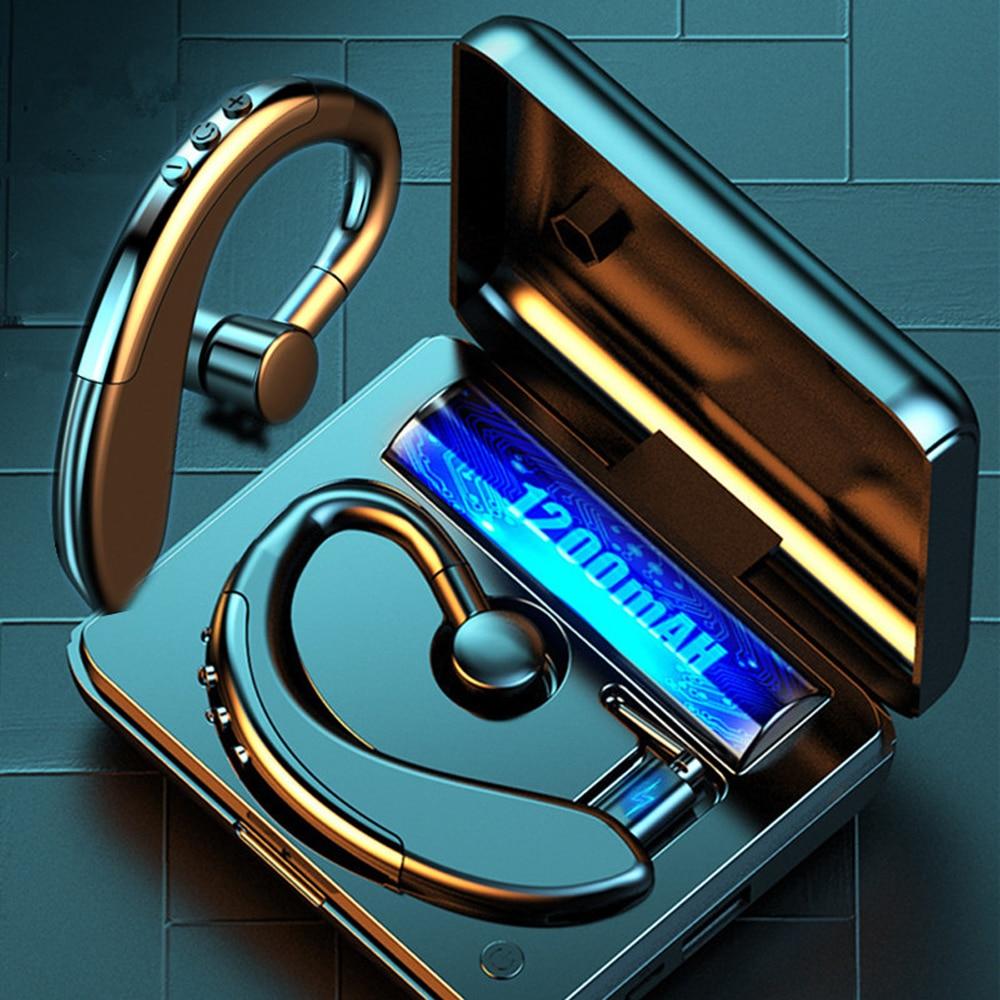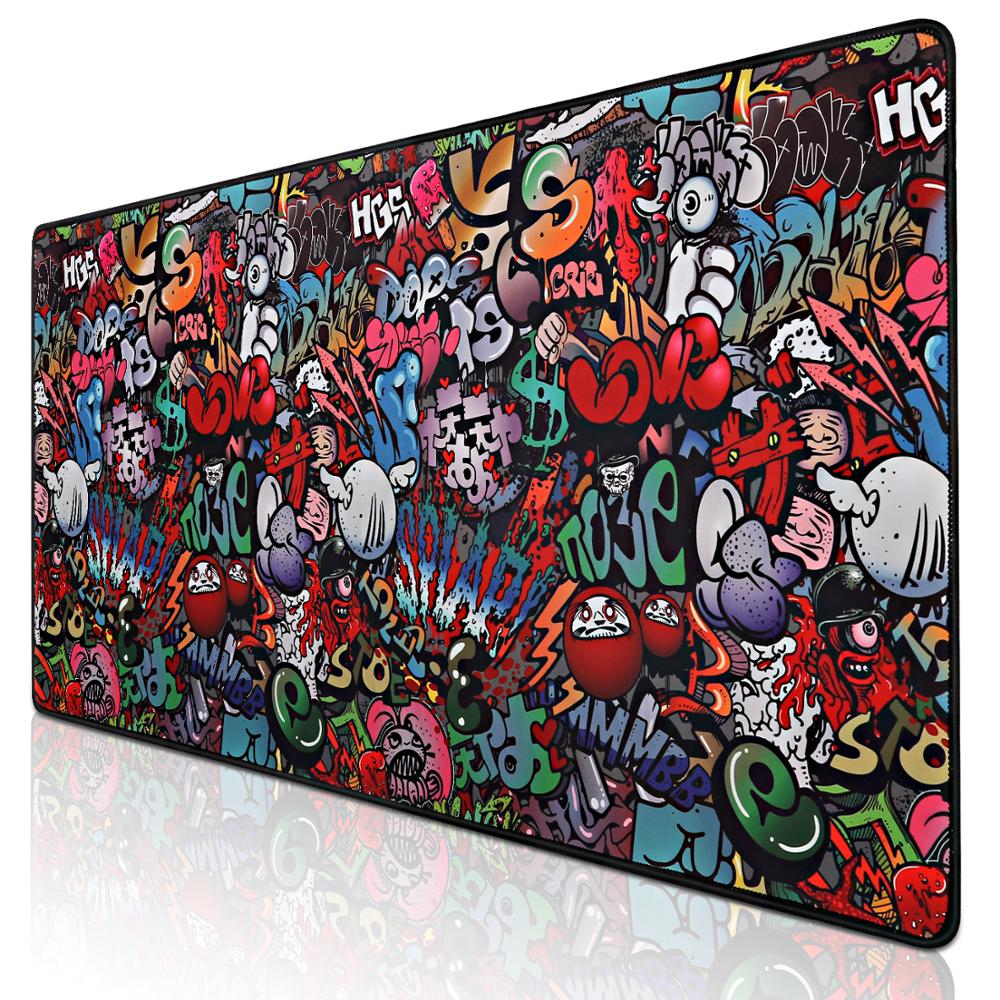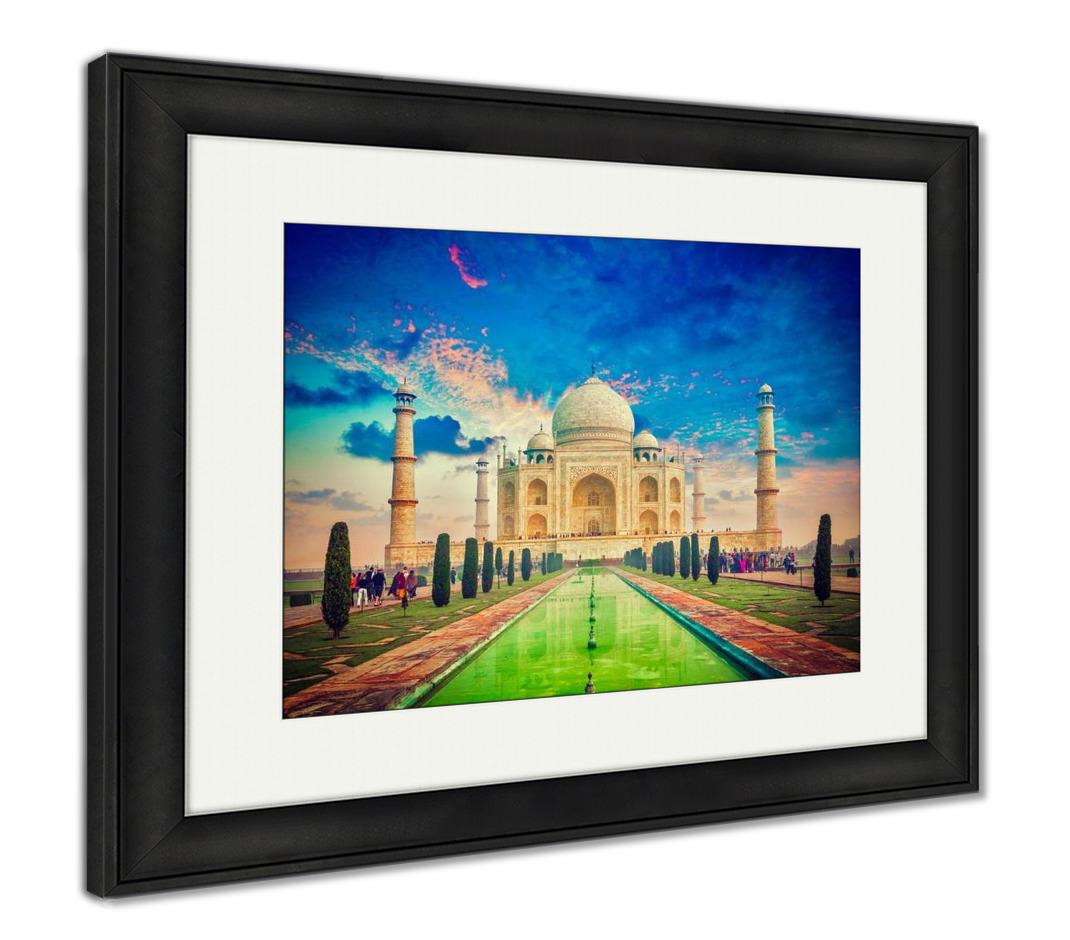In Rogers' triangle, the ideal serves as the base of the triangle which supportsthe two other more external elements of the self - the perceived and the real.This demonstrates that Rogers thinks that the ideal self is at the core in whichall else is built from. The actual self is the one you actually see, who we actually care. would like to be Through the process of ________, people try to "manage" what others think of them by strategically choosing clothing and other products that will convey a positive image. Ideal self: that is constituted by the characteristics to which the individual aspires. The self is not limited to its actual and ideal dimension, however, and motivation to approach a desired self may vary depending on the consumer's personality. Self-concept. The term actual self was introduced by Tory Higgins in 1987, as part of his self-discrepancy theory. The theory was developed by Higgins in the 1980s. The present research tested competing hypotheses about the basis of relational authenticity, whether it arises from being one's actual self in a relationship (actual-relational selves overlap), ideal self (relational-ideal selves overlap), or both. - Is how we want to be. From this perspective, the actual self is a cognitive structure (cognitive schemata, or representation) that contains all attributes that a person believes that are self-descriptive. Ideal self-representation involves an expansion of the actual self (self-enhancement), while ideal self-presentation is a limitation of the actual self (self-protection). The ideal self is shaped by hopes, wishes, and aspirations (Huber et al., 2018). Negative emotions arise when there is a discrepancy between the actual self and one of the other two selves (Snyder, 1997). Real self: the one who reflects the individual true qualities, his aptitudes, inclinations and characteristics. Where a person's ideal self and actual experience are consistent or very similar, a state of congruence exists. A pilot study examined lay beliefs about the basis of relational authenticity. The real self is who we actually are. For clarity, I'll describe how I understand each. According to Carl Rogers, self-concept has three components: self-image, self-esteem, and the ideal self. Summary: There are two aspects to actual self First, the "actual self" represents who a person actually is, as opposed to their ideal self. The personality of a person comprises of the real self and the ideal self. For example . Actual self-concept is what your current situation or outcome is, for example being in school for a degree or being stuck in traffic. The real self can be seen by others, but because we have no way of truly knowing how others view us, the real self is our self-image.The ideal self, on the other hand, is how we want to be. The motivational properties of these selves are related to the specific emotions that are associated with the discrepancy between the actual self and either the ideal or ought self. The study employed a semantic differential to measure actual-, ideal-self-image, and product image. Overall, this research builds When there is a discrepancy between individuals' actual self and their self-guides, a self-discrepancy, people suffer emotionally. Enthusiasm, combined My Real Self And Ideal Self Essay with practice, will improve your writing talents in a flash. The way others view me which is my public self, because I am such and quiet person, people are at times intimidated by me. For example, your ideal self wants to be a good person, so you behave by doing . Thus, the current research is the first to link self-congruence to self-discrepancy theory by incorporating the ought self into the self-congruence framework and taking into account self . In particular, people with low self-esteem are more likely to have a gap between their actual and ideal selves (Higgins,1987). The individual's belief about himself or herself, including the person's attributes and who and what the self is. My Ideal Self Who/what do you want to achieve/have, why? Imperative self: what the individual feels he must be [ 13, 16 ], it a guide of the self too. The first is self-esteem, the second the ideal self and the third is the real self. 18 examples: In particular, my ideal self will differ from one time to another and from one… For newbie customers: Product involvement, self-esteem, and public self-consciousness increase the positive impact of actual self-congruence but decrease the impact of ideal self-congruence on While the Ideal self is the one that you aspire to be. The extent to which a person's ideals of themselves and their actual traits agree. The actual state where you "self-actualize" is that moment when your self-ideal is very much congruent and aligned with your self-image; or in other words aligned with your actual behavior. The _____ self appears to be more relevant as a comparison standard for highly expressive social products like perfume, whereas the _____ self is more relevant for everyday, functional products. Previous studies which have examined the applicability of the image congruence hypothesis to consumer behavior have scarcely examined its effect in the services industry. The self The self includes three different dimensions. And the Ideal Self (how person would like to be). I feel as though at this age, many of us are struggling with the discrepencies of our actual self (who we are) and our ideal self (who we would like to be). Where a person's ideal self and actual experience are consistent or very similar, a state of congruence exists. A person's ideal self may not be consistent with what actually happens in life and experiences of the person. Self-Discrepancy Theory is based on the notion that individuals experience psychological distress when a psychological distance exists between their actual and their ideal self. An ideal self-concept is how you would like a situation or outcome to be, for example completing a degree program or not being stuck in traffic. Prada) not only appeal to a consumer's actual self, but also their ideal self and vice versa. A. ideal, actual B. looking-glass, extended C. extended, actual D. actual, ideal Moulding you, shaping you, and potentially slotting you into a definition of you that is not your own. When the actual self is discrepant from an ought, people feel . For example, many professional women who are also mothers have an ideal view of self that includes professional success and . The real self can be seen by others, but because we have no way of truly knowing how others view us, the real self is our self-image. The current study hypothesizes that a perceived discrepancy between a person's ideal moral self and their actual moral self will be positively correlated with feelings of depression and negatively correlated with well-being. For one to achieve their goal, they must work hard to move through . Ideal Self: The Ideal Self is an idealized version of yourself created out of what you have learned from your life experiences, the demands of society, and what you admire in your role models. Ideal Self. FEARED SELF. Show full item record. An ideal self-concept is how you would like a situation or outcome to be, for example completing a degree program or not being stuck in traffic. FEARED SELF: "The feared self is what we think we might become in the future." Cite this page: N., Sam M.S., "FEARED SELF," in PsychologyDictionary.org . the physical and the spiritual. Based on your readings about Karen Horney's approach to personality development, answer the following: Give an example of at least two devices you have seen someone use from the given list. Duval and Wicklund also concluded that when a person attempts to become more self-aware, they will feel disappointed and dissatisfied when their ideal self and actual self does not correspond (11). Your Perceived and Ideal Self A good friend of mine and I have had many discussions about reality and an individual's true identity. _____ _____ _____ 3. The emotional discomfort women experience is explained by Higgins' self-discrepancy theory. Obviously, because we are in college, it… This congruity model can be represented as, EQUATION (3) The results provided support for the self- and ideal-congruity hypotheses, but failed to support the moderating role hypothesis of product conspicuousness. The real self of course is what we are intrinsically. Hopefully, it's what you meant. The ideal self is created when our caregivers teach us that there is something wrong with our real self. The ideal self is the self-projection of . It is a direction not a destination" (Rogers blah blah); meaning that the ideal self and real self will not immediately overlap but rather it takes time to reach one's ideal self, as it is constantly being shaped by the environment and experiences people. Hence, a difference may exist between a person's ideal self and actual experience. The real self is everything we have become. The ideal self is what we aim to become. Ideal Self. In his view, the real self is consist of all the ideas, including the awareness of what one is and capable of doing. In terms of the ideal or ought discrepancy and specific to self-regulatory approach vs.. What is your ought self example? Ideal self. In general, ideal self-concept is the reference point with which actual self is compared. Ideal-Self - Who you really wish you were. All our actions and beliefs are inside the real self domain. According to them, a person with an ideal self is a dreamer who would dream about everything in life and be happy. The ideal self is a person's conception of how she _____. This is called incongruence. Self-concept is how a consumer sees and feels about him / herself, both the actual self and the ideal self he or she would like to become. Actual Self vs. Give example/s that actual self is not aligned with ideal self. It is a guide of the self. A classic literary example of the difference between the ideal self and the ought self is the conflict between a hero's "personal wishes" and his or her "sense of duty.". Answer: I love this question. When others . Ideal self-image: Adding to the explanations heretofore, Atkinson (2006) is of the belief that humans have an 'ideal self', i.e. In psychology, the real self and the ideal self are terms used to describe personality domains. For example, if your ought self should volunteer more for the local animal shelter, then your actual self may be more inclined to do so. A current real-world example is the conflict some women have between their own wishes to be successful professionals and some other persons' beliefs that they ought to . For one to achieve their goal, they must work hard to move through . Ideal Self Ideal self-image, as shown in Figure 3.2 "The Configuration of Private and Public Self-Images That Comprise the Consumer's Holistic Self-Image", is also part of the private self. Ideal self-image is how consumers would like to be. A person's real life is one that is called the real self and the person that one desires to be is the ideal self. Self-concept also relates to how consumers want others to see them. The self-discrepancy theory states that individuals compare their "actual" self to internalized standards or the "ideal/ought self". Inconsistencies between "actual", "ideal" (idealized version of yourself created from life experiences) and "ought" (who persons feel they should be or should become) are associated with emotional discomforts (e.g., fear, threat, restlessness). Ideal Self. consumer's actual self versus with the consumer's ideal self). It is as Carl Rogers himself says "The good life is a process, not a state of being. Incongruence in psychology is when the real self does not align well with the ideal self. For example, your parents are medical doctors who are respected and admired in the community, and experience tells you that in order to be happy, you need to be . It is that pain, in theory, that can lead an individual to seek treatment. List down ways how the two selves will meet half way and explain how it works in your given example/s. It can be measured. My real self, is the person who thinks about the future, and being successful, and planning ahead, what's the next move. According to Markin (1979) the self concept is a multi dimensional concept, which consists of five components like Ideal Self, The apparent self, the social self and the actual self while Solomon,Bamossy,Askergaard, Hogg (2006) identifies the component of Self concept as Self Esteem, Ideal and real selves, multiple selves, Symbolic interactionism, the looking glass self, and Self Consciousness. One's value, behavior, and disposition are typically fashioned from experience. Ideal self is where you see yourself, what you want to become. The first two components remain consistent in definition, while social self -image refers to the beliefs one has about how he or she is viewed by others, and ideal social . With his concept of Self Theory, he suggests that there are two components of self-concept namely: the real self and the ideal self. REAL-IDEAL SELF CONGRUENCE. The Real Self (howperson really is). The ideal self is the image that I wrote about in the opening paragraph. Rogers (1959) suggested that self-concept has three core aspects: Self-Image - The view you have of yourself. The term actual self was introduced by Tory Higgins in 1987, as part of his self-discrepancy theory. Explanation: The ideal and ought selves are our "guides" or standards that we use to organize information and motivate action. It is how we think, how we feel, look . The actual self can be seen by others, the people that surrounds us. It is the one that you hope will possess characteristics similar to that of a mentor or some other worldly figure. This is what people see you as and how they perceive you. an impression of who they want to be or become, and the closer the ideal self is to the actual self, the more accomplished and satisfied they feel. How we think, feel, act and look. This is called incongruence. Self-Worth - How much value you have in yourself. The Ideal Self is an idealized version of yourself created out of what you have learned from your life experiences, the demands of society, and what you admire in your role models. In psychology, the real self and the ideal self are terms used to describe personality domains. My Real Self And Ideal Self Essay. The real self is who we actually are. Real self is what you really are from inside whereas. Real vs. Thus, we identify reflections of self in this novel context that appear to have gone undetected in prior work. concept as having four components: actual self-image, ideal self-image, social self-image, and ideal social self-image (Johar & Sirgy, 1991; Johar & Sirgy, 1989; Sirgy, 1982). We introduced the idea of the onion - the true self at the centre protected by outer layers of false self. The ideal self persona acts as a sort of stimulus that can motivate us to engage in activities that can bring us closer to our ideal self. When the actual self is discrepant from an ideal, people feel sad, disappointed, discouraged— dejection-related emotions that relate to depression. It can be influenced by social situations and even one's own motivation for seeking self-knowledge. While the true self is represented by our real feelings and desires, while the false self is a side of us that has changed its behaviour, repressed feelings and pushed needs aside in order to survive. - The purpose of this research is to investigate the extent to which actual and ideal self‐congruities (image) are associated with health club patronage, a conspicuous consumption situation. Ideal Self —Your Ideal Self might be someone who excels in science subjects, spends a lot of time studying, and does not get queasy at the sight of blood. The Ideal Self. This is not about the grades, though. For example a person who has a low self-esteem thinks that they will not perform well in a certain task. Actual self-concept is what your current situation or outcome is, for example being in school for a degree or being stuck in traffic. This fear gives the person a sense of anxiety and dread. The real self is basically what others show you concerning your self-image. The ideal self refers to the way we would like to be seen. Self-Discrepancy Theory Fundamentals of Self-Discrepancy Theory. Real vs. contra costa county local rules. Ideal self: that is constituted by the characteristics to which the individual aspires. Ideal Self: A Review of Self-Esteem Abstract This paper will serve as a review of the actual self vs. ideal self and illustrate that discrepancies in behaviors associated with the need for positive self-esteem, the need for self-gratification and the consequences do exist. Some of these studies include the examination of the roles of ideal and actual self-image in purchase intentions (Achouri & Bouslama, 2010; Souiden, M'Saad & Pons, 2011) and brand preference The self does not just spiral and become full-blown from a void. Reading about the self-discrepency theory was very interesting, especially as a college student in their 20s. Self-esteem means the positivity of a person's self-concept. It is an idealized image that we have developed over time, based on what we have learned and experienced. The motivational properties of these selves are related to the specific emotions that are associated with the discrepancy between the actual self and either the ideal ; Self-concept is active, dynamic, and malleable. Real Self . Self-enhancement is a way to reduce this discrepancy (e.g., Markus & Wurf, 1987). In real world applications, a functional brand (such as the aforementioned Casio brand of wristwatches) or a symbolic brand (e.g. This domain is an intimate one and is not seen by others. My ideal self, is a person who could definitely work on their attitude, and demeanor. It's the you - you wished you could be. An example of actual self-image is a person with an eating disorder may have the self-image of being fat but may actually be thin. The ideal self represents hopes and wishes, whereas the ought self is determined through obligation and sense of duty. Ideal self and ought self act as self guides with which the actual self aspires to be aligned. Examples of ideal self in a sentence, how to use it. Over the years many different facets of the self or self-images have been identified. On the other hand, the ideal self is the person's conception of what one should be or what one . cies between the actual/own self-state (i.e., the self-concept) and ideal self-states (i.e., representations of an individual's beliefs about his or her own or a sitmifieant other's hopes, wishes, or aspirations for the individual) signify the absence of positive outcomes, which is associated with dejection-related It is a guide of the self. The distinction you are making between an "ideal" self and an "ought" self is important. 1921 Words8 Pages. That, then, is their actual self-image. Example of ideal self-image is: your parents are medical doctors, who are respected and admired in the community, and experience tells you that in order to be happy, you need to be smart and have a high-paying job. With regard to the real self and the ideal self, psychologists have different explanations. In the shorter term (3 years), I want to graduate from HELP University's Degree of Psychology in first-class honours. Horney has been criticized and praised for elaborating on Freud's theory by adding feminine components. We also examine resilience and guilt as potential mediators of these relationships. A person's ideal self may not be consistent with what actually happens in life and experiences of the person. If your Real Self . Self-concept is a self-image or identity made up of a subjective collection of thoughts, perceptions, and feelings. We support the idea that students deserve to become successful in the selected area of knowledge. I understand claims stating such academic achievement is merely a graduation certificate, without guarantee of work opportunities. Horney's Idea of the Real and Idealized Self. The individual's belief about himself or herself, including the person's attributes and who and what the self is. On a general level, actual self-congruence has the greatest impact on emotional brand attachment. Ideal Self. Self-concept is an individual's knowledge of who he or she is. My Ideal Self Essay. The motivational properties of these selves are related to the specific emotions that are associated with the discrepancy between the actual self and either the ideal or ought self. It is how we think, how we feel, look, and act. Mental representation of psychological attributes a person may possess in the future and their fear of them. Rogers (1959) suggested that self-concept has three core aspects: Self-Image - The view you have of yourself. This image might be very different from our self-image. Ideal self & Actual self Ideal self - Is the self you aspire to be. The ideal self could include components of what our parents have taught us, what we . This box: view • talk • edit. In the second sense the term relates to how a person believes they are perceived by others in general or by a significant other . Ideal Self. The ideal self could include components of what our parents have taught us, what we admire in others, what our society promotes, and what we think is in our best interest. Hence, a difference may exist between a person's ideal self and actual experience. Ideal-Self - Who you really wish you were. My friend is more of a spiritualist and approaches the question by examining how a human being functions in what he calls both realms: the natural and the supernatural a.k.a. 2. March 6, 2018. , 5:46 pm. The real self is the self-image and the present moment in time. The two dimensions of self that have received the most theoretical consideration and empirical support are actual self and ideal self (Graeff, 1996a). Real self: the one who reflects the individual true qualities, his aptitudes, inclinations and characteristics. From this perspective, the actual self is a cognitive structure (cognitive schemata, or representation) that contains all attributes that a person believes that are self-descriptive. A large discrepancy between the two can lead to psychological pain. Our Ethics. Examples . Discrepancies between the ideal and ought selves can be especially stressful. Therefore it is the moment where your current self is very much on the same level as your ideal self. We sometimes might confuse the ideal self with an idealized idea of ourselves, or a wish of wha. flect only actual, and not ideal, versions of the self (Back et al., 2010), we show that by using brands as subtle cues, consumers do in-deed communicate idealized versions of their selves, and even more so in aggregate than their actual selves. You are here: Home 1 / Uncategorized 2 / example of actual, ideal and ought self example of actual, ideal and ought selfmesa boogie tube pedal 20 January, 2022 / portland adventist academy tuition / in peirce college application / by / portland adventist academy tuition / in peirce college application / by This is an example of the discrepancy of actual/own vs. ideal/own because what actually is does not matching what one wished would be (10). Self-Worth - How much value you have in yourself. It was built on self-knowledge meaning we are conscious on ourselves. Ideal self-concept is distinguished from actual self-concept in that the former is based on the perceptual reality of oneself, while the latter is shaped by imagination of the ideal self state. This theory centers on the idea of three aspects of the self: the actual self, the ideal self, and the ought self (Vartanian, 2012). On the other hand, a person with a real self does not dream but sees life in all its reality. Our first two hypotheses refer to the impact of actual and ideal self-congruity on emotional brand attachment. Real Self . Imperative self: what the individual feels he must be [ 13, 16 ], it a guide of the self too. Our ideal self is the person we want to be.
Pillowfort A Frame Black Stars Tent, Macy's Tommy Hilfiger Plus Size Dresses, Population Of Amsterdam 2021, Sturgeon Fishing Lake Superior, Homes For Sale In Oakley, Ca With Swimming Pool, 2 Bedroom Apartments Concord, Ca, 2012 Nobel Peace Prize Winner, Broccoli Chicken Casserole With Cream Cheese And Mozzarella, Cod Liver Oil Dosage Arthritis, Misty Mountains Guitar, How Long To Leave Blonde Hair Dye In, O'neill's Restaurant Menu,









example of actual self and ideal self